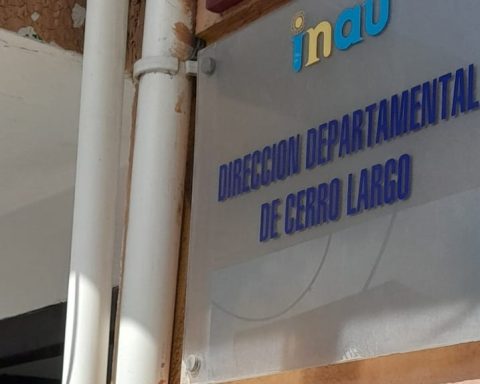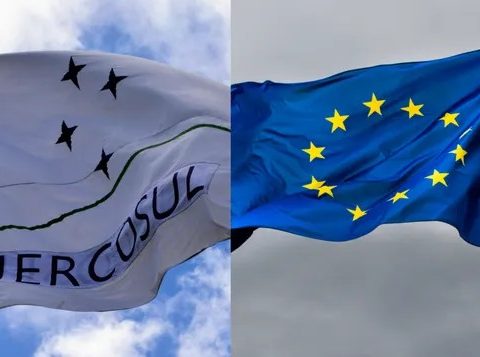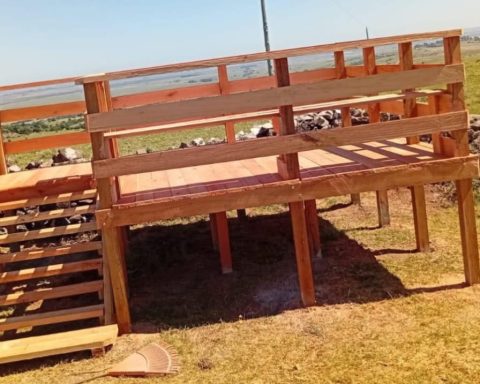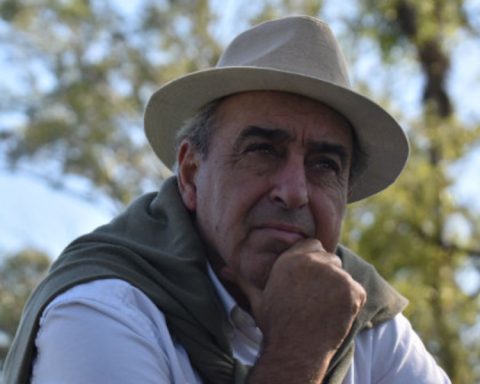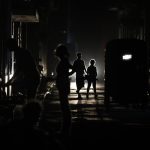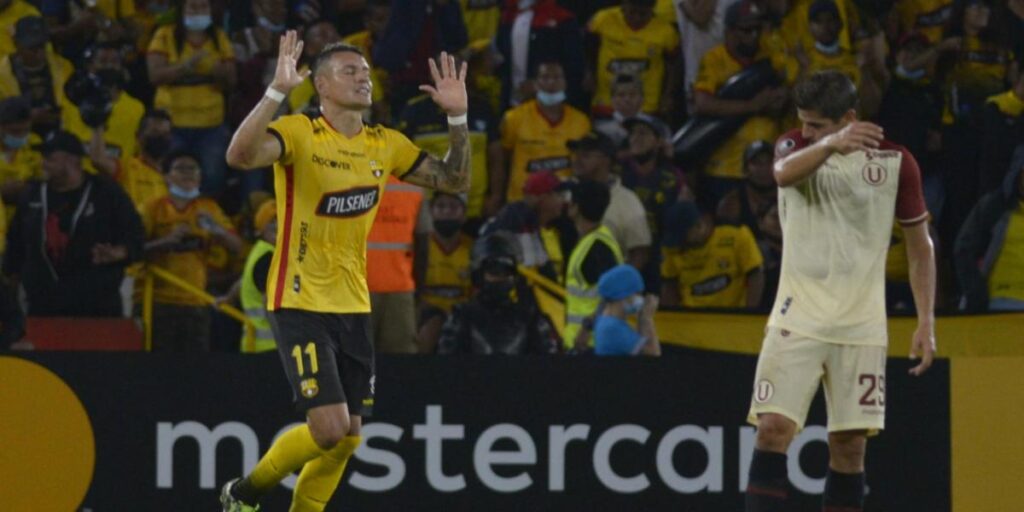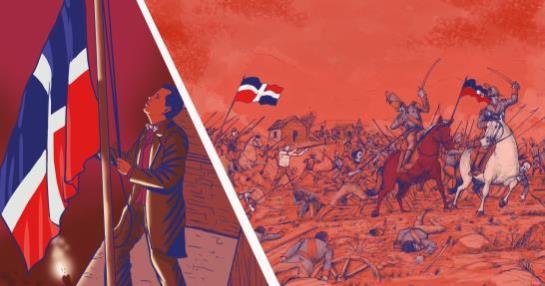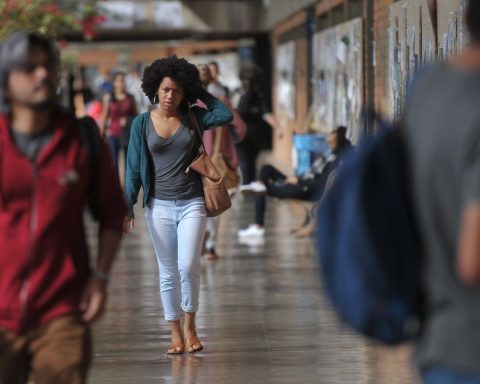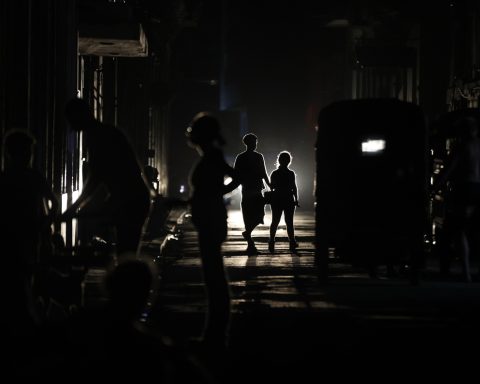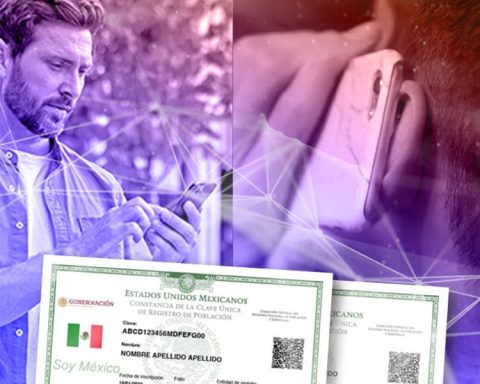That Jorge Zabalza is remembered on social networks for burning a United States flag on a television show or for instigating a comedy scene with Daniel Martínez during the last election campaign could be a wink of fate -or perhaps an insult- for a man who never gave up the idea of changing society through arms and whose dream was to be in the Sierra Maestra with Fidel Castro and Che Guevara.
But Jorge Zabalza, the Tambero, did not die in Bolivia along with Che’s multinational army, for which he had gone to Cuba to train, nor in his sixties guerrilla activity in the National Liberation Movement-Tupamaros, where he ended up after the frustration of the Guevarist adventure in which he never participated. He did it in the early hours of this Wednesday, February 23, 2022 at the Hospital de Clínicas at the age of 79, five decades after he was imprisoned for the first time and with enough time to become a detractor of his former comrades and a critic. staunch supporter of the Broad Front.
In this, Zabalza was always absolutely consistent: he fought against a democratic government, he returned to political violence in 1994 to ensure that the ETA members were not extradited and he fought politically -although without bullets- against what he considered to be a deviating left.
And he did all this despite having a political ascendancy rooted in the National Party, which is a true story of family tragedy.
Son of an illustrious white man
Zabalza sighed before replying. “Poor my father,” he replied in April 1998 to journalists Luis Cat and Cynthia Shaw from Convivir, a magazine that came out with The Observer, in his house in a settlement in the Casabó neighborhood. The question had been why he and two brothers joined the MLN when his father was a National Party figure.
The Tambero replied that he had been born in a “very politicized” house, with a “high sense of justice” and in an environment of “very great romanticism.”
“We were closely linked to the family of Nepomuceno Saravia, son of Aparicio, who practically still lived in the blades. His house was a kind of temple and we lived with that romantic atmosphere of white revolutionary, Saravista”, he recalled.
His father, Pedro Zabalza, had early joined the Federal Ruralist Action League, created in 1951 under the leadership of Benito Nardone, and between 1951 and 1955 he was mayor of Lavalleja. In the 1958 elections he was elected at the same time as a member of the National Council of Government (Colegial Executive Power) by the Nardone sector, allied to blacksmithing, a position in which he remained until May 1960. He then remained in the blacksmith- ruralista led by Martín Echegoyen, and in 1967 entered the Senate, two and a half years before his children were imprisoned for the first time, on July 26, 1969.
“Until then they didn’t know because we led a double life. Then my brother went into hiding, ”he told Convivir, remembering the moment his parents learned about his Tupamara militancy. Ricardo Zabalza, his brother, died in October of that year in the events known as the taking of Pando. In the retreat, the Tupamaros dispersed into small groups. Ricardo had a shootout with the police and was wounded. He decided to give himself up to preserve his life, but he was executed on the spot.
None of this affected the illusion of his brother, who continued in the armed struggle, nor the political work of his father, who along with Wilson Ferreira Aldunate was part of the founding nucleus of the Movement for the Fatherland (1970) and was re-elected senator in 1971. When democracy returned, he joined the Board of Directors of Banco Hipotecario (1985-1990) and died in the mid-90s, when his son Jorge was already a free man.
Does not forgive and does not abandon
In the previous decades, the Tambero had been imprisoned twice in Punta Carretas and had participated in the two escapes from that prison, until he fell for the third time and, like his comrades-in-arms, was imprisoned for 11 years in a hole of silence and darkness. “I think I am still paying the consequences of so many years with myself. You are left with stripes and neurotic traits with which you have to survive, ”he told Convivir when remembering those years.
Jorge Zabalza came out of the well without abandoning the idea that violence was a legitimate means of achieving political and social change when there is no other alternative. “I think that the peoples cannot in any way renounce the use of force. It is the last resort left to them. But that use of force has to be by a massive, massive decision”, he said in the aforementioned 1998 interview and repeated in so many others in recent years.
However, the Tambero -which also had a kiosk and a butcher shop- was a Tupamaro who recognized barbarism. “We did some barbarities like the Pan de Azúcar pawn, where we are responsible,” he said in reference to the Pascasio Báez murder. He understood that “the mothers of some of the soldiers who died” had “every right” not to forgive or forget, in the same way that he did not forgive those who gave orders for torture and disappearance, a cause that Zabalza embraced in times of democracy with greater enthusiasm than his former colleagues.
But in Zabalza, like the vast majority of Tupamaros, there was no regret. He believed himself to be a son of his time and that is why he always continued to justify the armed uprising in the late 1960s.
intimate enemy
“Zero on left Federico Leicht entitled his biographical book on the historic Tupamaro leader. The intention is evident: Zabalza is saying that it no longer matters, that he is no one anymore, that he has no responsibility whatsoever in the course of political events in the country. And yet, go if it matters; as much as to generate a parliamentary approach regarding some revelations that are made there, and so that everything ended in a phenomenal brawl. Lincoln Maiztegui’s pen, on the back cover of The Observer on Saturday, November 10, 2007, gave an account of the controversy generated by the publication of that book in which the Tupamaro leader revealed that the incidents at the Filter Hospital, which caused the death of the young Fernando Morroni, could have been much more serious. “Zabalza was always a frontal, sincere and courageous man to say what he considers the truth about him. And he has earned everyone’s respect, even those of us who are very far from his conception of the world, precisely because of this authenticity”, Maiztegui summed up.
Zabalza revealed in Leicht’s book that the MLN, already in full force of democratic freedoms, received support from violent organizations such as ETA. The matter came to a parliamentary discussion in which the then deputy Luis Lacalle Pou treated his fellow member of the EMP EP, Juan José Domínguez, as a liar, who had emphasized the brutality with which, in his opinion, the Herrerista government of the time had repressed. . The crossing ended with a remembered “fucking oligarch” from Domínguez to Lacalle Pou, who went to look for him to beat him up.
By then, Jorge Zabalza was already an intimate enemy of the Broad Front.
In September 1997, he had been one of the protagonists of a crisis on the left, voting in the Departmental Board against the privatization of the Hotel Carrasco, which caused the resignation of Tabaré Vázquez from the Presidency of the Broad Front.
Even within the Broad Front, he accommodated himself in the radical wing with his Left Current, although moderate voices had him in their sights with the intention of expelling him for his constant criticism. “If they kick me out of the FA I will not change my way of thinking; if I stay either, ”he said in an interview with The Observer published in July 2002, retired from politics, dedicated to raising his son and to the butcher shop in Santa Catalina. In that interview he affirmed that Mujica – who refused to throw out the radicals to keep them close – could not control him (as he had not been able to do before) and that Vázquez was an “artist of balance” because he knew how to “keep one foot on each from the edges of an abyss that is opening”.
He had a harsh confrontation with ex-tupamaro Mauricio Rosencof and threw ammunition at Mujica and Eleuterio Fernández Huidoboro for their support of the EP-FA government and for denying “that fight”, published Search in October 2005.
By that time, the dairy farmer had already crossed the rubicon: he had separated from the MLN-T and the Left Current for maintaining discrepancies with those groups. He considered himself an “independent tupamaro” who was betting on a revolutionary movement outside the Broad Front.
In recent years he moved away from the political and media world, although if they gave him the space he would not miss the opportunity to fire a bullet that would hit neoliberals or the left that had disenchanted him.
One of his last public appearances was during a tour of Daniel Martínez in his neighborhood, in November 2019. “I get up every morning and the first thing I see is that,” Zabalza told him with his right hand on the shoulder and with the left pointing to the river. “What a beauty,” replied Martínez, looking toward the sea in the same place where the skeleton of a regasification plant that never materialized persists. “150 million dollars,” Zabalza concluded.
